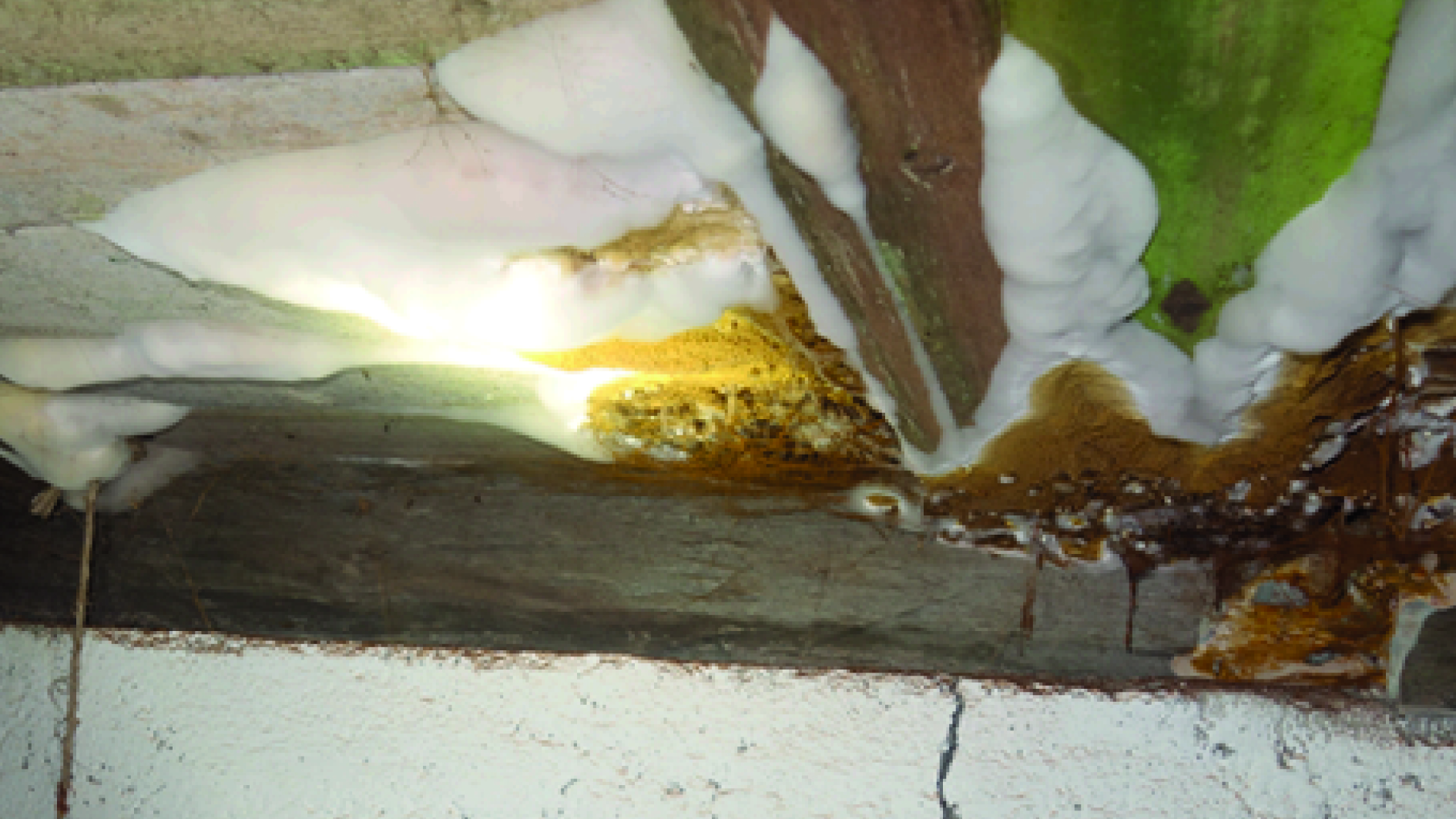News

Climate change and the hidden threat to our buildings: Dry-rot fungus on the rise!
A study about the consequence of climate change: the increasing risk of dry-rot fungus Serpula lacrymans in Sweden's buildings.
Date
06.04.2025





